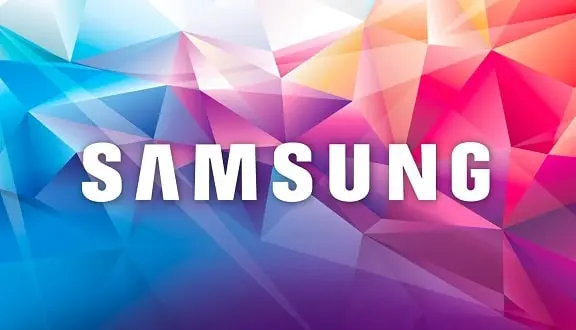Samsung Electronics Co., Ltd. remains a global leader in the technology sector, with a diverse portfolio encompassing consumer electronics, semiconductors, telecommunications, and home appliances. A comprehensive SWOT analysis—assessing Strengths, Weaknesses, Opportunities, and Threats—provides insight into the company’s current position and future prospects.
Strengths
1. Diverse Product Portfolio: Samsung’s extensive range of products, including smartphones, televisions, home appliances, and semiconductors, allows the company to cater to a wide array of consumer preferences and industrial needs. This diversification mitigates risks associated with dependence on a single product line.
2. Innovation in Mobile Technology: The introduction of the Galaxy S25 series, featuring advanced AI capabilities such as Homework AI, YouTube Notes, Music Search, and personalized routines, showcases Samsung’s commitment to integrating cutting-edge technology into its devices. These features enhance user experience and differentiate Samsung in the competitive smartphone market.
3. Expansion in Wearable Technology: Samsung’s Galaxy Ring, a health-tracking device, has been expanded to include more sizes and is set to launch in additional markets. This move underscores Samsung’s dedication to the growing wearable technology sector and its commitment to user health and wellness.
4. Strong Financial Performance: In the third quarter of 2024, Samsung reported consolidated revenue of KRW 79.1 trillion, a 7% increase from the previous quarter, driven by the launch of new smartphone models and increased sales of high-end memory products.

Weaknesses
1. Challenges in Semiconductor Division: Despite overall strong financial performance, Samsung’s semiconductor division reported an operating profit of Won3.9 trillion ($2.8 billion) in Q3 2024, significantly below analyst expectations. The company has faced difficulties in capitalizing on the AI-driven demand for advanced high-bandwidth memory (HBM) chips, impacting its competitive position in the semiconductor market.
2. Intensifying Competition in Smartphone Market: Reports indicate that in 2024, Apple surpassed Samsung in global smartphone shipments, marking a shift in market leadership. This development highlights the increasing competition Samsung faces in the smartphone sector, necessitating strategic responses to maintain its market position.
3. Dependence on Mobile Division: A significant portion of Samsung’s revenue is derived from its mobile division. Fluctuations in smartphone sales due to market saturation or competitive pressures can adversely affect the company’s overall financial performance.
Opportunities
1. Growth in Smart Home Market: The global smart home market, valued at $2.17 trillion, presents substantial growth opportunities. Samsung’s SmartThings platform positions the company to capitalize on the increasing consumer demand for connected and automated home solutions.
2. Advancements in AI Integration: The incorporation of AI features across Samsung’s product lines, including smartphones and wearables, aligns with the industry’s shift towards intelligent devices. By continuing to innovate in AI, Samsung can enhance user experiences and create new revenue streams.
3. Expansion in Emerging Markets: Emerging markets offer growth potential for Samsung’s diverse product portfolio. Tailoring products to meet the specific needs and price points of these markets can drive market share expansion.
Threats
1. Supply Chain Disruptions: Global events, such as geopolitical tensions or pandemics, can disrupt supply chains, affecting the availability of raw materials and components. Such disruptions can lead to production delays and increased costs.
2. Regulatory Challenges: Operating across multiple countries exposes Samsung to varying regulatory environments. Changes in trade policies, environmental regulations, or data protection laws can impact operations and profitability.
3. Rapid Technological Changes: The fast-paced nature of the technology industry requires continuous innovation. Failure to keep pace with technological advancements can result in product obsolescence and loss of market share.
Conclusion
In 2025, Samsung Electronics maintains its position as a global technology leader, supported by a diverse product portfolio and a commitment to innovation. While facing challenges in its semiconductor division and intensifying competition in the smartphone market, the company’s strategic initiatives in AI integration and smart home solutions present significant growth opportunities. By addressing its weaknesses and proactively managing potential threats, Samsung is well-positioned to continue its trajectory of success in the evolving technology landscape.














